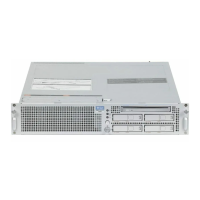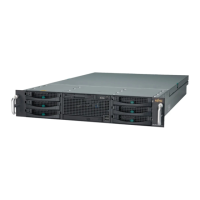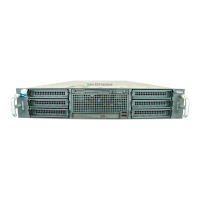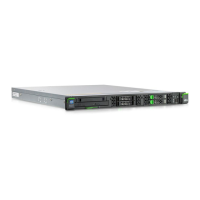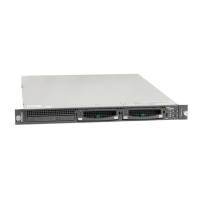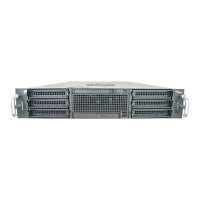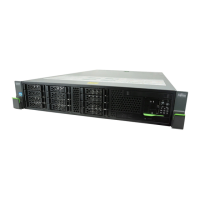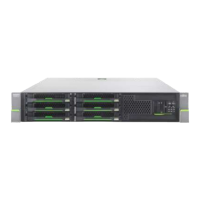Configuration Replication Configuration
U41840-J-Z125-7-76 239
● Average Receive Rate - The average receive rate (in MB/s) of data received over the
network during replication or failback (Actual Data Received divided by the amount of
time required to complete replication or failback).
You can customize the appearance of the Source system list in the following ways:
● Click the top heading row of the list to collapse or expand the list.
● Click a column heading and select Sort Ascending or Sort Descending to sort the
rows in the table by that column.
● To show or hide a column, click a column heading, and then click Columns. Select the
check box to show a column, or clear the check box to hide a column.
I
The statistics in the Source systen list are for each source system rather than a
cumulative total for all sources as is displayed on the Home page.
Adding a Replication Source
Add a system to the list of replication sources to allow it to send replicated data to the
ETERNUS CS800. You must add a source system to the list of allowed replication sources
on the target ETERNUS CS800 before you configure the source system to send replicated
data to the target. The ETERNUS CS800 can receive replicated data from up to 10 sources.
I
For more information about working with received snapshots, see "Receive NAS"
on page 357 or "Receive VTL" on page 371.
I
It is typical for the target system to require additional disk space for replication data
compared to the source system. This is because complete replication data is sent
to the target before old data is deleted. For optimal performance, if the system is a
replication target, Fujitsu recommends keeping the amount of free space at 20% or
more (see "Disk Usage" on page 404).

